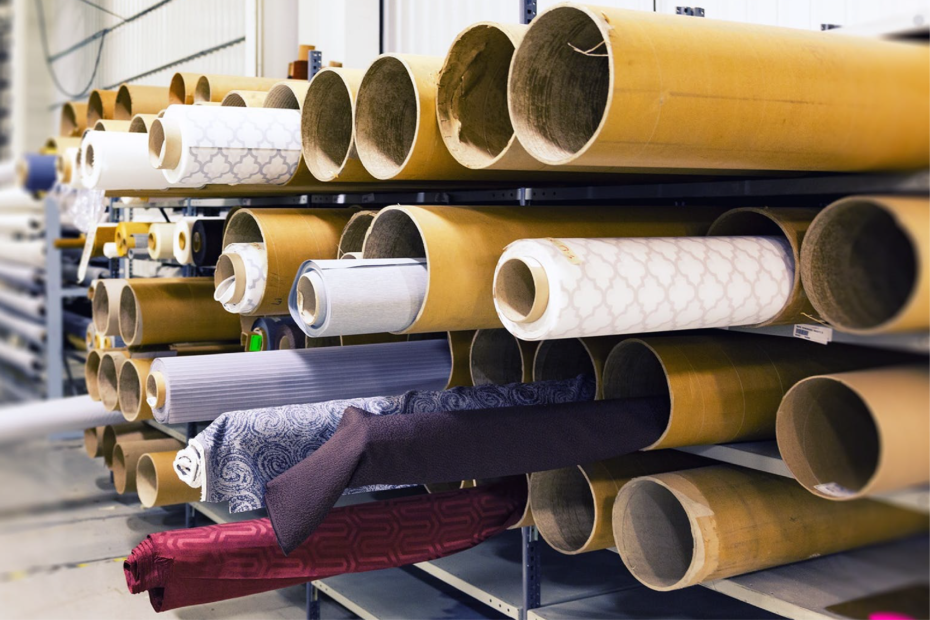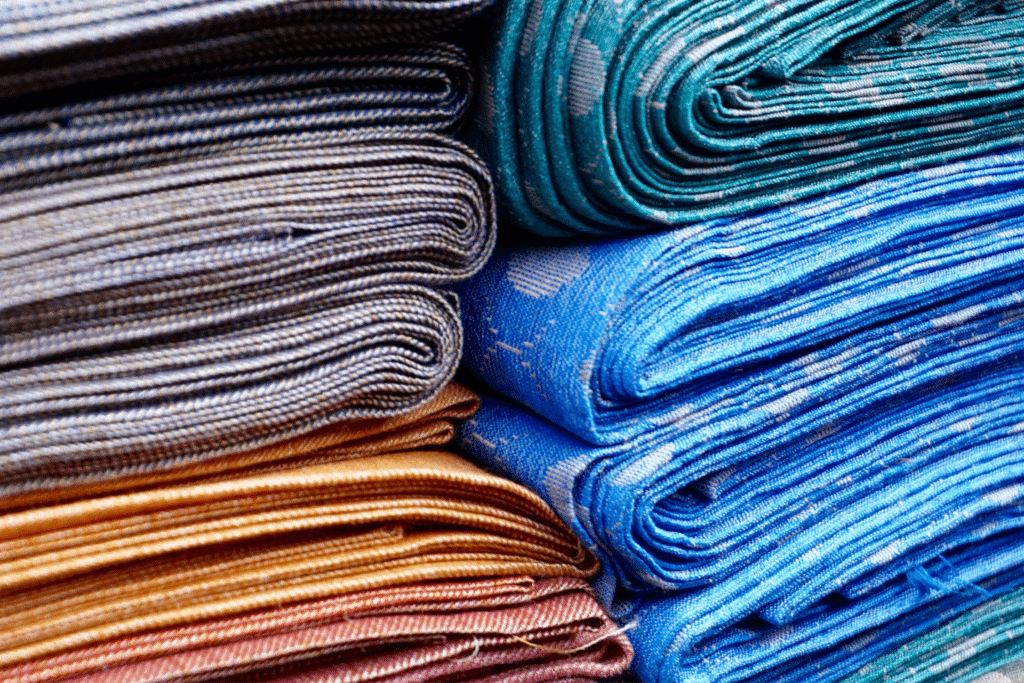Steam Boiler Guide for Textile Manufacturing Processes
Whether you realize it or not, boilers are an indispensable part of the textile industry. Much of the manufacturing process requires the use of steam or hot water produced by industrial boilers, whether you are talking about textile engineering, bulk fabric production, garment manufacturing, or other textile processes. For this reason, choosing a boiler system for textile manufacturing should involve careful consideration. Let’s take a closer look at the ways steam boilers help make textile manufacturing possible.
Steam Boiler Challenges for Textile Manufacturers
While steam heat is necessary to the textile production process, providing the steam itself can be costly, depending on the boiler type. Most conventional boilers require several hours to produce steam from a cold start due to their fire-tube design, and the water reservoirs can be quite large. This design isn’t very cost-efficient for textile companies whose demand for steam fluctuates day to day, or even hour by hour. As a result, many manufacturing plants must keep their boilers active even when they aren’t productive, which runs up fuel and water costs. In some cases, this can even make it difficult for some factories to comply with greenhouse emissions standards. These challenges often cause textile manufacturing companies to seek more energy-efficient solutions to provide their steam heat.
The Role of Steam Boilers in Textile Manufacturing
Steam and hot water play an integral role at several stages of the textile manufacturing process. These include the following:
Pre-Treatment
The pre-treatment phase, arguably the most important in the processing of textiles, involves preparing the raw materials or fabric for dyeing and finishing by removing any dirt or other impurities that can harm the fabric’s quality during the process. There are several steps in this process, and some of them require both steam and hot water that is clean and pure, which requires an efficient steam boiler.
Dyeing
The dyeing process involves adding pigments or dyes to textiles in order to give them their color. Dyeing works well on a wide range of textile fabrics, including cotton, rayon, jute, nylon, wool, silk, and even synthetic fibers. While dyeing can technically occur at any stage, it’s usually done during the textile fiber, yarn production, or woven fabric stages of textile processing. This is an important part of giving textiles their preferred look, and it wouldn’t be possible without steam boilers. Transferring the dye to the fabric requires a precise amount of heat and moisture provided by steam. Depending on various colors, fabrics, and other factors, there are many variables when dyeing textiles. However, steam boilers make it possible to heat water and steam to specific temperatures needed to dye fabrics the proper color.
Printing
Printing is similar to dyeing except that printing adds designs or patterns to fabrics, while dyeing procures one uniform color over an entire sheet or set of textile materials. Much like dyeing, the printing process utilizes several different methods, depending on the fabric type and the finished product. However, steam is one of the more common methods used in textile printing. Boilers help provide the specific settings of heat and moisture required to perform printing on many fabric types.
Finishing
The finishing process of textile processing can be complicated and involves several steps. One of these steps involves steaming the textiles and removing wrinkles. Using dry heat or a traditional iron are also common methods for removing the wrinkles from clothing and other types of textiles. However, for certain fabrics, steam is the ideal method, making a steam boiler a vital part of the process.
How to Choose a Steam Boiler for a Textile Manufacturing Facility
Given the challenges we mentioned earlier with boiler systems, the choice of a steam boiler can make a huge difference in your textile manufacturing plant’s productivity and efficiency. When seeking out a boiler system, look for the following key factors.
Flexibility
This is perhaps the most important quality textile manufacturers need in a boiler system. Steam requirements during textile operations tend to be a little erratic, fluctuating over the course of the day. This requires boilers that can be shut off when they’re not needed so that water and fuel aren’t unnecessarily wasted. At the same time, the boilers need to be easy to turn on when the need for steam spikes during certain periods of the day.
Conventional fire tube boilers usually don’t have great flexibility because of their long warm-up and cool-down times, and letting them run idle wastes unnecessary fuel and money. A better option for most textile production is the water-tube boiler design. Water-tube boilers can produce steam from a cold start in minutes, and their small modular design allows you to configure them to turn on and off in keeping with fluctuating demands.
Fuel Efficiency
Most textile manufacturers would prefer to invest their money in quality fabric rather than the fuel. With fluctuating steam needs, it can be challenging to find boilers that can keep up with the changing needs of textile manufacturing and remain fuel-efficient at the same time. That said, modular water-tube boilers once again perform more efficiently than conventional boilers because they require less water to produce steam.
Ease of Maintenance
This is one aspect of boilers that too many textile manufacturers overlook, but is vital to the operation. If a boiler breaks down or needs to undergo routine maintenance, it can force the entire manufacturing process to shut down. This isn’t ideal for maintaining productivity, even if it’s a necessity. To protect your production line, look for a boiler system with enhanced monitoring and self-diagnostics. These features help you keep up with preventative maintenance, so small problems don’t turn into big ones. Better yet, go with a modular boiler system so you can perform maintenance on individual units without stopping productivity.
The Best Textile Manufacturing Boiler
Textile manufacturing can be a complicated process, but the right choice of boiler system can make the process much easier. Many textile manufacturers have found that Miura’s modular, water tube boilers are the best option. With their ability to start producing steam quickly from a cold startup and adjust to changing steam needs quickly, Miura steam boilers are ideal for producing hot water and steam at the precise settings necessary during the textile manufacturing process.
On top of that, they are more fuel-efficient than traditional boilers, enabling textile producers to focus on creating quality products rather than becoming concerned with the cost of fuel. Their space-saving, modular design allows for multiple boilers in a compact space to prevent costly shutdowns for maintenance and repairs. And finally, Miura boilers are rated low for harmful emissions, making it easier for textile companies to comply with emissions standards.
Find out for yourself how a Miura boiler system can improve productivity and save operating costs for your textile manufacturing facility. Use our rep locator to find a representative in your area who can help.





